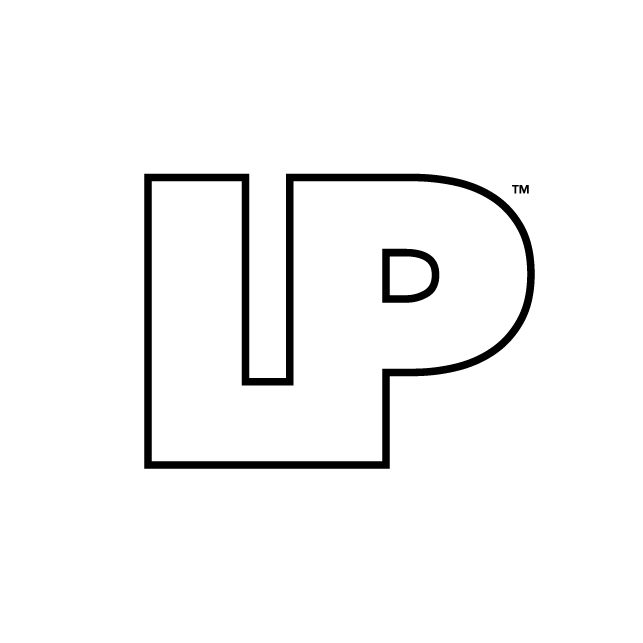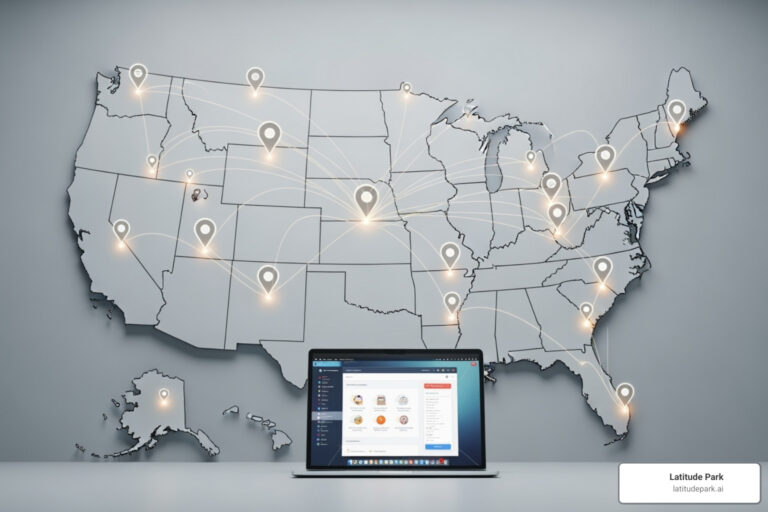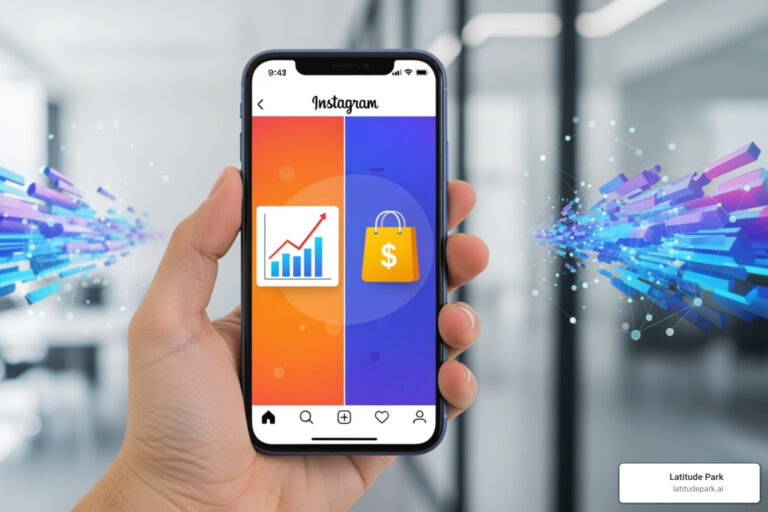Why CRM is the Growth Engine Small Businesses Can’t Ignore
CRM for small business isn’t just fancy software for big corporations—it’s the difference between growing systematically and staying stuck in spreadsheet chaos.
Quick Answer: What is CRM for Small Business?
- Definition: Customer Relationship Management software that centralizes customer data, automates sales processes, and tracks interactions
- Purpose: Transform scattered customer information into organized, actionable insights
- Key Benefits: 41% increase in revenue per salesperson, 27% better customer retention, 300% higher conversion rates
- Best For: Businesses with 10+ active customers, teams missing follow-ups, or spending 2+ hours weekly on manual data entry
Think of CRM as your business’s central memory. Instead of hunting through emails and spreadsheets, all customer information lives in one place. Your team can see each customer’s sales journey, purchase history, and follow-up needs instantly.
The numbers are compelling: companies using CRM see an average ROI of $8.71 for every dollar spent, saving hours weekly while closing more deals.
But here’s the key: the right time to start using CRM isn’t when you’re drowning in data—it’s before you get there. As one business owner put it, “Most small businesses wish they had started using a CRM sooner.”
I’m Rusty Rich, President and founder of Latitude Park, a digital advertising agency in St. Petersburg, Florida. Over 15 years of helping small businesses and franchises grow, I’ve seen how CRM for small business transforms scattered operations into scalable growth machines. The businesses that implement CRM early consistently outperform those that wait until they’re overwhelmed.
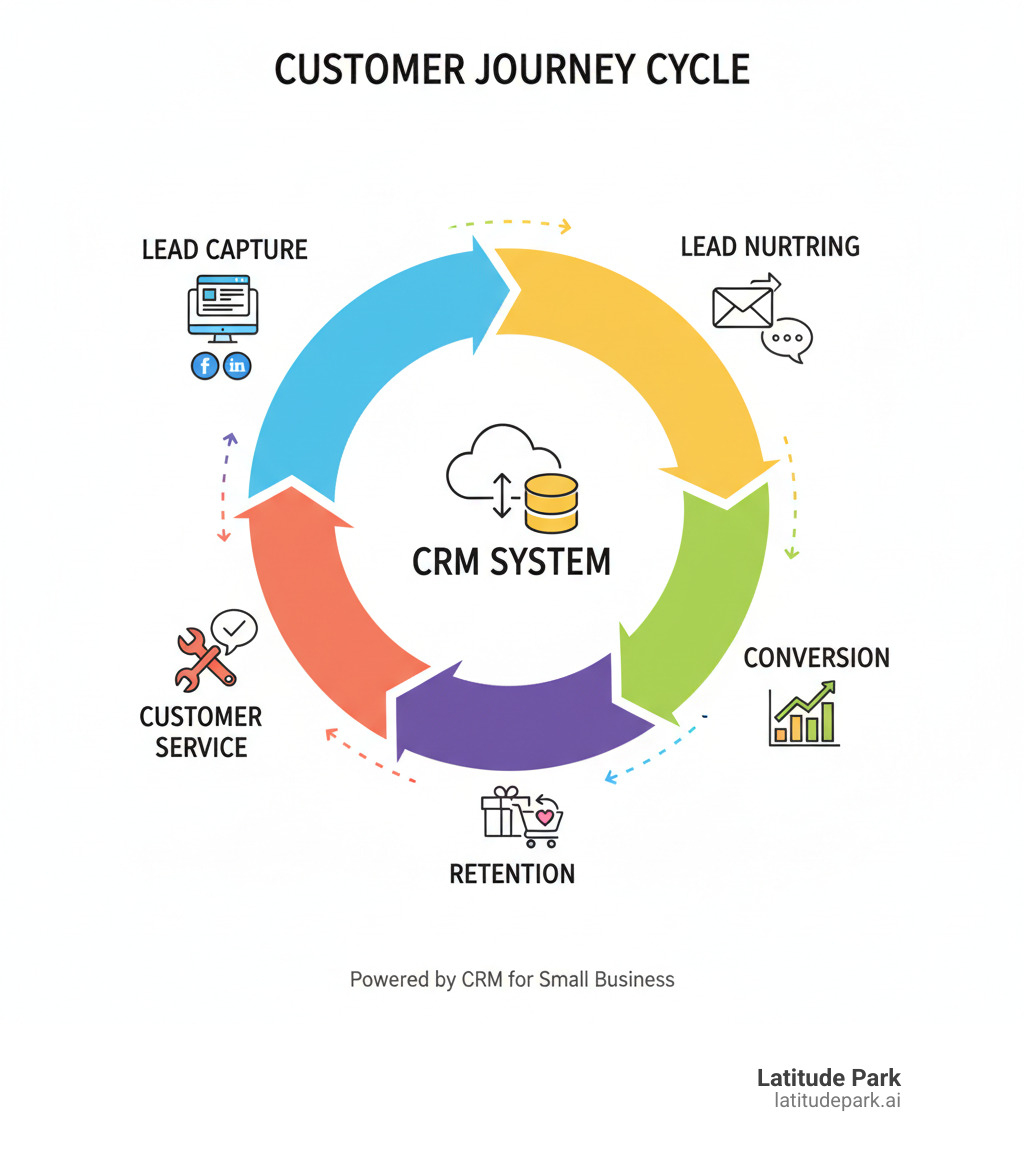
Why Your Small Business Can’t Afford to Ignore CRM
Juggling emails, sticky notes, and mismatched spreadsheets? This familiar chaos means you’re likely leaving money on the table.
The warning signs are clear: lost leads from missed follow-ups, disorganized data wasting hours, and poor customer service from a lack of history. Without a system, follow-up is inconsistent, and you can’t track sales performance, forcing you to run on instinct instead of data.
If this sounds familiar, your business is ready for a CRM for small business. The good news? The Benefits of CRM for Small Businesses become clear the moment you stop fighting your current system.
Key Benefits of a CRM for Small Business
Implementing a CRM for small business can lead to a 41% increase in revenue per salesperson—a game-changing improvement.
Companies also report up to 300% higher conversion rates, making your advertising budget far more effective.
With customer retention improving by 27% on average, you spend less on acquiring new clients. Happy customers become repeat buyers and advocates.
Better organization is transformative. With everything in one searchable place, your team stops wasting time digging for information.
Improved team collaboration happens naturally when everyone works from the same data, preventing miscommunication and dropped balls.
You’ll shift to data-driven decisions, gaining clear insights instead of guessing. The average ROI is a powerful $8.71 for every dollar spent on CRM.
How a CRM Manages Customer Relationships
A CRM for small business creates that 360-degree customer view that makes every interaction personal and informed.
Tracking every interaction—from calls to emails—means nothing falls through the cracks. The CRM becomes your business’s memory.
Personalizing communication is easy when you understand each customer’s journey. You can reference past purchases or suggest relevant products instead of sending generic messages.
Storing contact details goes beyond basics. CRMs capture preferences and notes that build genuine connections. Logging calls and emails ensures context is never lost, even when team members change.
Understanding purchase history reveals patterns for upselling, reorders, and identifying your most valuable clients, helping you focus energy on what generates the most revenue.
The result is that customers feel understood and valued. This personal touch, powered by organized data, turns one-time buyers into loyal advocates and is the foundation of Improving Customer Service with CRM that scales with your business.
Choosing Your Co-Pilot: Essential Features in a CRM for Small Business
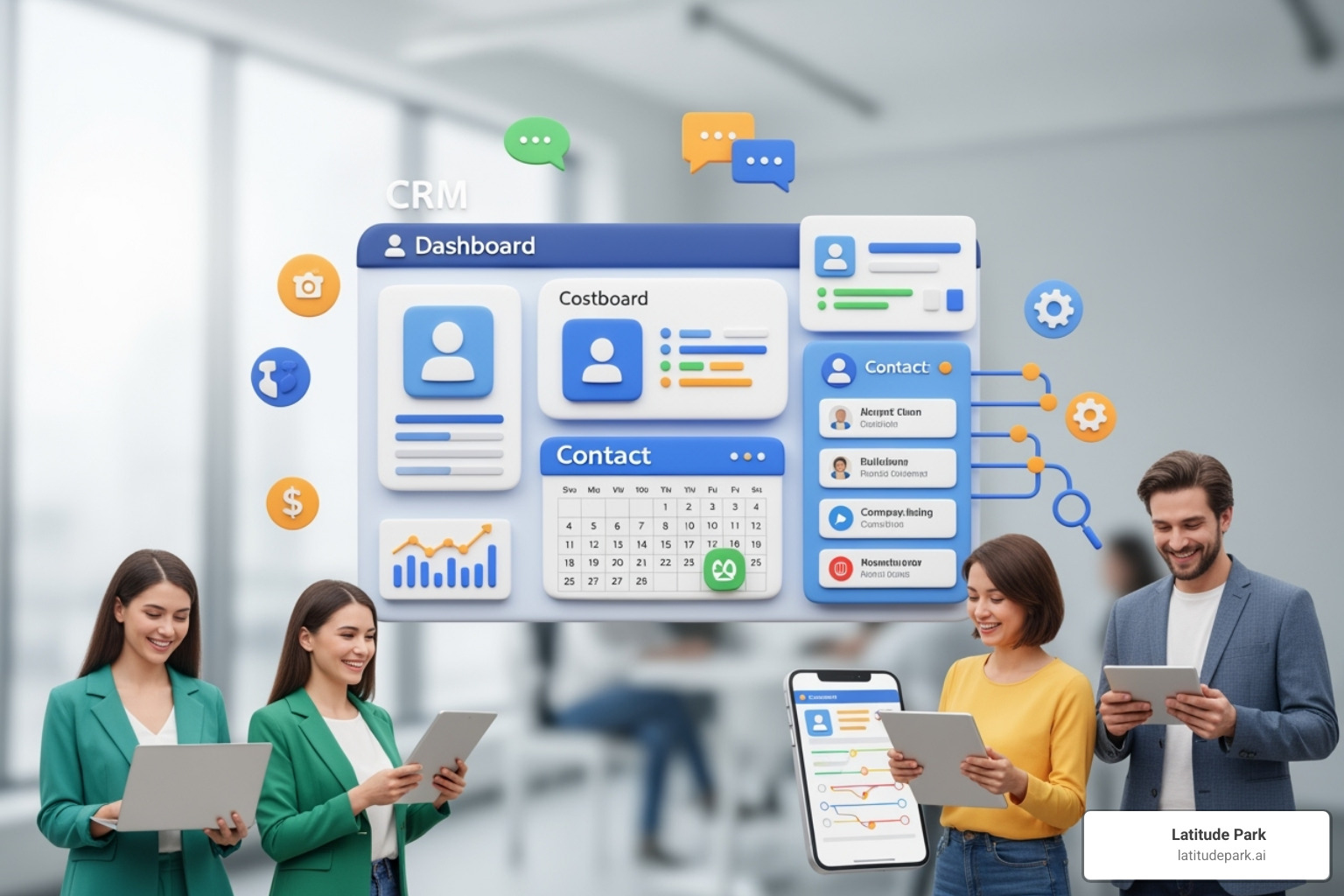
Choosing the right CRM for small business is like picking a co-pilot; you need reliability, not unnecessary complexity. Before looking at software, start with a simple needs assessment.
What are your biggest pain points? Leads slipping through, time wasted on spreadsheets, or poor team communication? Knowing the problems you’re solving prevents you from being distracted by features you won’t use. For budgeting, start with what’s realistic for your business now. You can always upgrade as you grow.
Ease of use is critical. If the system isn’t intuitive, your team won’t adopt it. The best CRM for small business is the one that gets used daily. Finally, consider scalability. Choose a CRM that can grow with you, avoiding a painful migration later.
For a deeper dive into making this crucial decision, check out our comprehensive guide on Choosing the Right CRM for Your Small Business.
Must-Have CRM Features
When evaluating a CRM for small business, these features are essential for organized growth.
- Contact management: This is the core. A centralized, searchable database for all contact details, notes, and history, accessible to your whole team.
- Sales pipeline visualization: This provides a clear, visual map of your sales process. See where every deal stands and identify bottlenecks at a glance, often with drag-and-drop functionality.
- Task and activity tracking: Schedule follow-ups, set reminders, and assign tasks to ensure no opportunity is missed. It replaces sticky notes and unreliable memory.
- Automation capabilities: Automate repetitive tasks like sending welcome emails or creating follow-up reminders. This frees up your team for high-value conversations.
- Reporting and analytics: Gain data-driven insights into your sales cycle, marketing ROI, and team performance to make smarter business decisions.
- Mobile access: Access and update customer data, log meetings, and manage tasks from your phone, keeping you productive on the go.
- Integration options: Ensure your CRM connects with other essential tools like email, calendars, and accounting software to create a seamless workflow and eliminate double data entry.
For a more detailed exploration of these essential capabilities, take a look at our article on Top CRM Features Every Small Business Needs.
How to Choose the Right CRM for Small Business
Finding the perfect CRM for small business is about matching the system to your team and processes.
- Assess your sales process: Map your current sales process from lead to close. Find a CRM that improves this workflow, not one that forces a complete overhaul.
- Consider your team’s technical skills: Be realistic about your team’s tech-savviness. An intuitive CRM that gets used is better than a powerful one that gathers dust.
- Plan for future growth: Choose a system that can scale, but focus on solving your needs for the next 12-18 months. Ensure there’s a clear upgrade path.
- Read reviews and case studies: Read reviews from businesses similar to yours. Look for feedback on ease of use, support, and real-world results, not just features.
- Take advantage of free trials and demos: Use free trials and demos. Involve your team in testing with real data to see if the workflow feels helpful and intuitive.
- Prioritize data security: Your customer data is a valuable asset. Ensure any CRM you consider has robust security, including data encryption and clear privacy policies. For comprehensive information on this vital topic, check out this resource on data security.
Free, Low-Cost, or Premium: What’s the Difference?
Understanding the tiers of CRM for small business helps you invest wisely.
- Free CRM options: Ideal for solopreneurs or very small teams. They offer basic contact management and pipeline tracking to help you build good habits and prove the concept’s value.
- Low-cost CRMs: Usually $10-$30 per user per month, this is the sweet spot for growing businesses. You get better automation, reporting, and integrations without a large investment.
- Premium CRMs: At $50+ per user per month, these offer advanced AI, deep customization, and enterprise-grade features for larger teams or businesses with complex needs.
The key is to start where you are. A free CRM that’s actively used is more valuable than a premium one that isn’t. You can always upgrade as your business and budget grow.
Putting Your CRM to Work: Integration and Automation
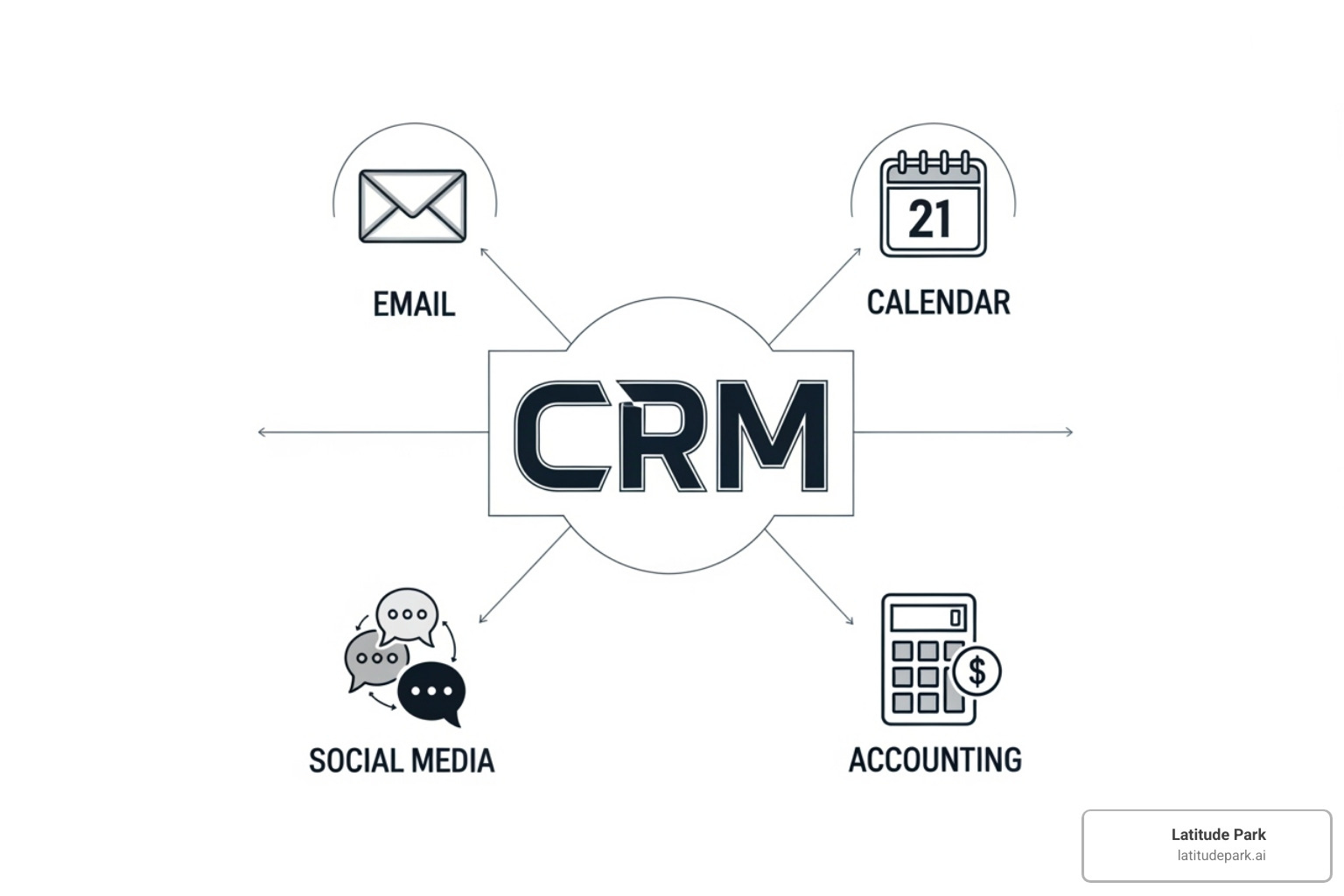
Implementing a CRM for small business is a process, not an event. It requires careful planning to yield long-term growth. The process begins with data migration: gathering customer information from spreadsheets and inboxes, then cleaning and importing it into the new system.
Team training is crucial for adoption. Focus on showing how the CRM makes their jobs easier, not just on which buttons to click. Next, map your business processes into the CRM. Defining how leads flow and what happens post-sale creates the backbone for automation.
Finally, measure success not just by revenue, but also by time saved, improved follow-up consistency, and better team collaboration. For a detailed roadmap, check out our CRM Implementation: A Step-by-Step Guide for Small Businesses.
Integrating CRM into Your Technology Stack
Your CRM for small business should act as the central hub of your tech stack, connecting all your tools to work in harmony.
- Connect your email and calendar: This automatically logs communications and syncs appointments, preventing missed follow-ups and double-bookings.
- Sync with accounting software: Syncing with tools like QuickBooks automates invoicing and provides a clear view of payment statuses, eliminating tedious double-entry.
- Integrate with marketing platforms: At Latitude Park, we connect Meta advertising campaigns to our clients’ CRMs to track a lead’s entire journey, from the first ad click to the final sale. This is key to understanding The Role of CRM in Digital Marketing.
- Use Zapier or APIs for custom connections: For other tools, integration platforms like Zapier act as a translator, automating workflows between your CRM and almost any other app.
This integration creates a single source of truth, giving your entire team access to the same up-to-date customer information.
The Power of AI and Automation
AI and automation in modern CRM for small business solutions act like a super-efficient assistant, saving you time and boosting effectiveness.
- Automate repetitive tasks: Automate data entry and follow-up reminders. Businesses often save hours each week, freeing up time for more valuable activities.
- Lead scoring and routing: AI-driven lead scoring automatically prioritizes your best prospects, ensuring you focus on those most likely to buy.
- AI-powered sales insights: AI provides sales insights, suggesting the best time to contact a prospect or predicting which deals are likely to close.
- Chatbot integration: Allow your website to qualify leads and answer basic questions 24/7, ensuring no potential customer is ever ignored.
- Personalized email sequences: Trigger personalized email sequences based on customer behavior. This makes your automated communication feel relevant and personal.
AI and automation don’t replace human connection; they free up your time to focus on building stronger relationships and strategic growth. To dive deeper, explore our guide on CRM and Sales Automation for Small Businesses.
Frequently Asked Questions about Small Business CRMs
When exploring CRM for small business solutions, a few common questions always come up. Here are the answers.
How long does it take to set up a CRM?
Setup time varies. A simple CRM can be running in under an hour, while a complex implementation can take weeks. Many user-friendly CRMs let you import contacts and set up a sales pipeline in minutes.
A longer timeline is needed if you’re migrating years of data from multiple sources or require deep customization. Most of this time is spent cleaning data—a crucial step. Use the provider’s onboarding support and tutorials to speed up the process.
Our advice: Start simple. Get the basics right, then add complexity as your team gets comfortable.
Is a CRM difficult for non-technical people to use?
No. Modern CRMs are designed for regular users, not developers. They feature intuitive, visual interfaces with drag-and-drop functionality for managing sales pipelines and creating workflows without any code.
Mobile apps allow your team to manage tasks and update records from anywhere. If they can use a smartphone, they can use a modern CRM. Choose vendors with strong training resources to ensure smooth adoption. The biggest challenge is changing old habits, but teams quickly convert once they see how much time a CRM saves.
Can a CRM help with more than just sales?
Absolutely. A CRM for small business acts as the central hub for all customer-facing activities, not just sales.
- Marketing: Segment customers for targeted campaigns and track which efforts generate the best leads and ROI. This is essential for How to Use CRM for Lead Generation.
- Customer Service: Provide your team with a complete customer history to resolve issues efficiently and turn support calls into positive interactions.
- Project Management: Some CRMs include features to track deliverables and communications for service-based businesses.
The biggest benefit is centralizing communication. Everyone from sales to service has the same up-to-date information, creating a seamless customer experience. At Latitude Park, this centralization is invaluable. We see a franchise client’s ad performance, support tickets, and project status in one view, helping us deliver better service and spot new opportunities.
Conclusion: Fueling Your Growth Engine
A CRM for small business isn’t just another piece of software; it’s a tool to fundamentally change how your business operates and grows.
It starts with organization. A CRM replaces scattered spreadsheets and lost notes with one central home for all customer data—a filing system that actually works.
Organization is just the start. Automation handles repetitive tasks, giving you back your most precious resource: time. Time to talk to customers, develop strategies, and focus on what you do best. This is about scaling effectively. The processes you build in your CRM will grow with you from 10 customers to 1,000 and beyond.
At Latitude Park, we see this daily. Our clients use CRMs to manage leads from our Meta advertising campaigns. A lead from a Facebook ad flows seamlessly into their CRM, where it’s automatically scored, assigned, and nurtured. We watch advertising dollars turn into trackable relationships and revenue.
The statistics are real: 41% more revenue per salesperson and 27% better customer retention. These results come from businesses that took the leap from chaos to clarity.
The question isn’t whether you need a CRM, but how much longer you can afford to wait. Every day without one means missed opportunities and inefficient growth.
Ready to turn your business into the growth engine it was meant to be? Explore our small business automation tools and find how we can help you build systems that scale with your ambitions.
